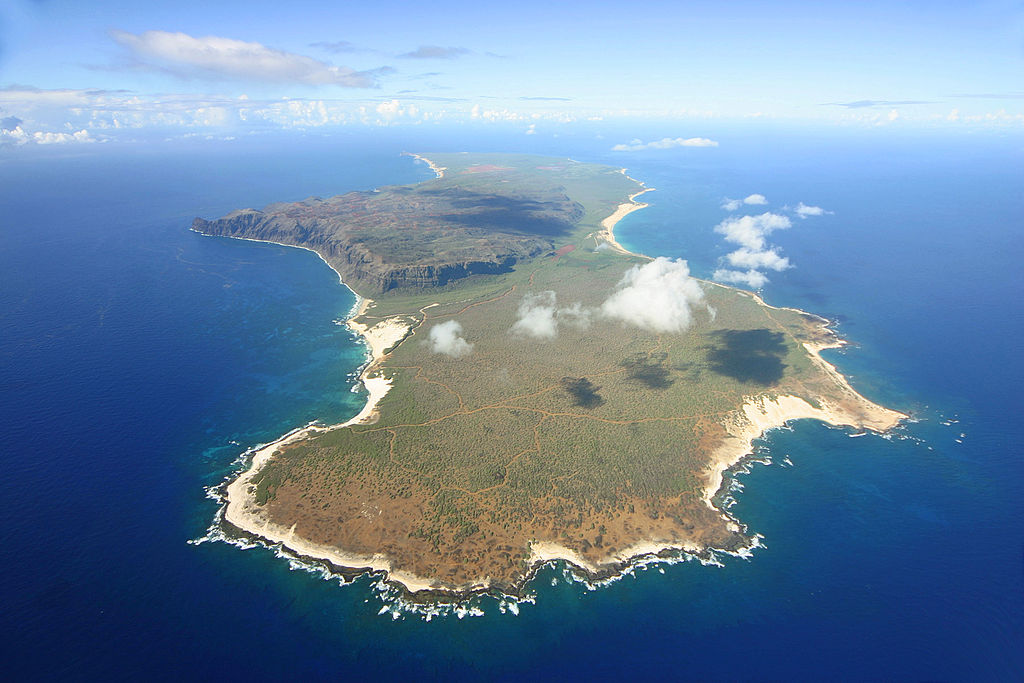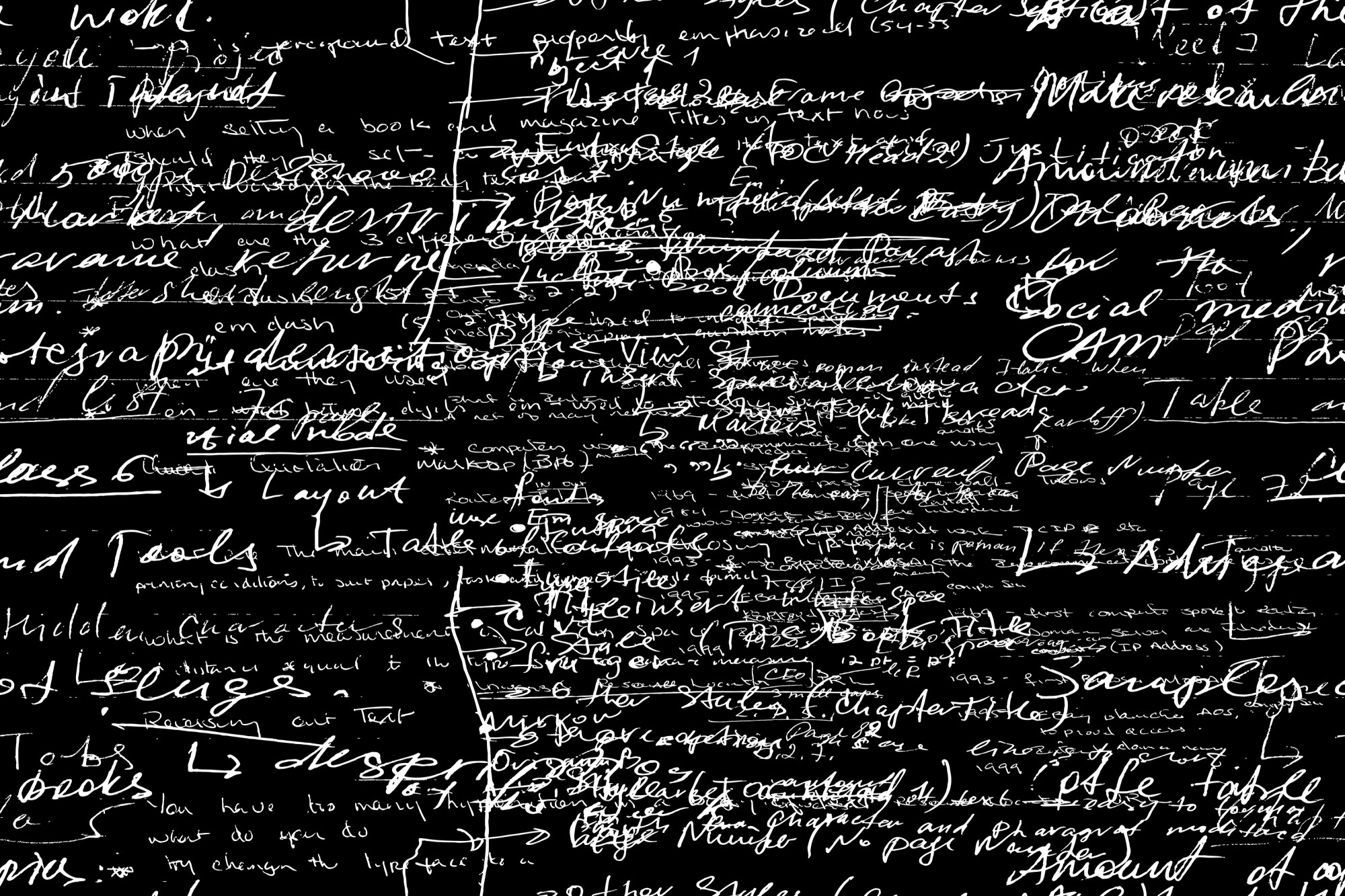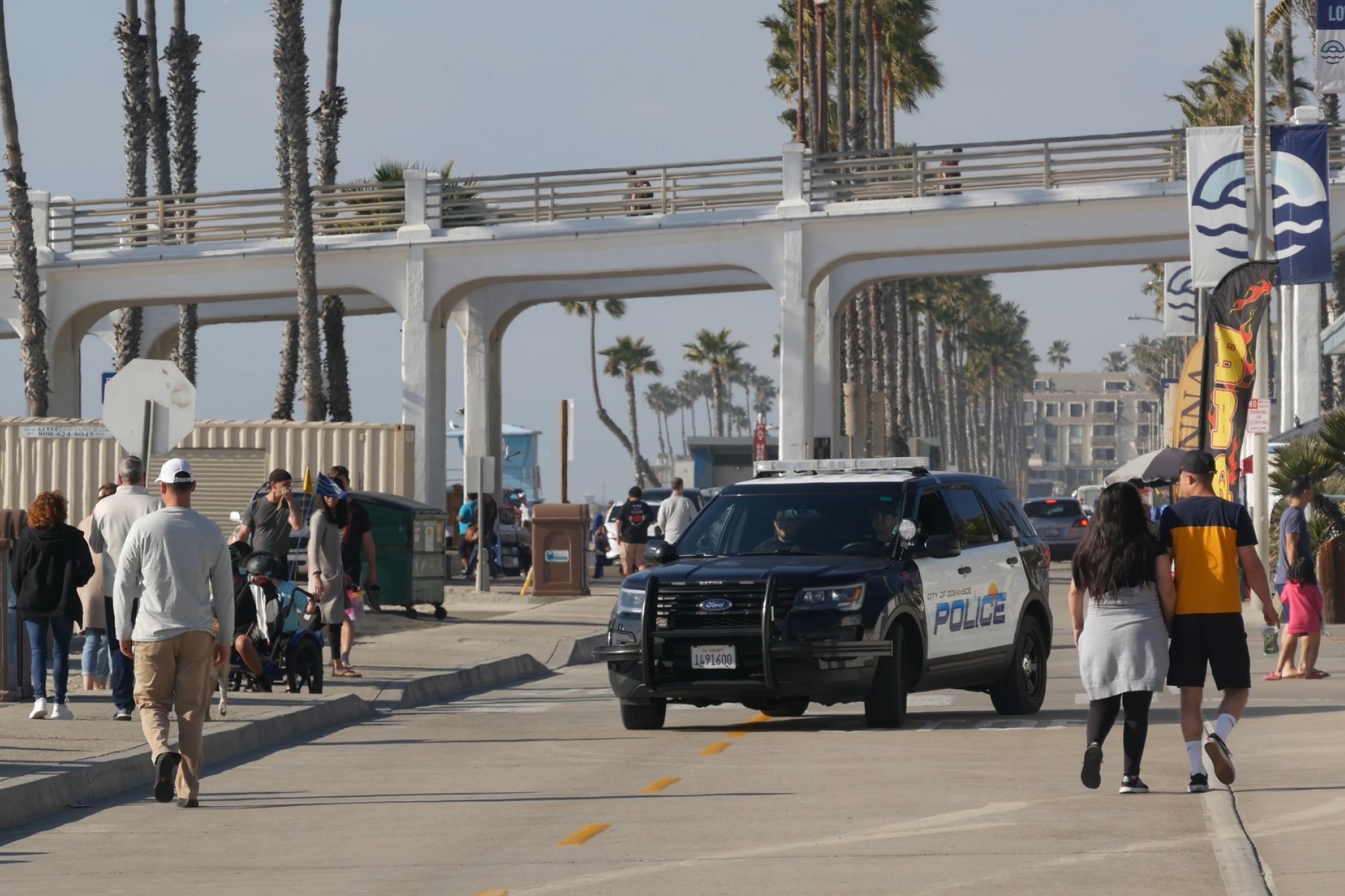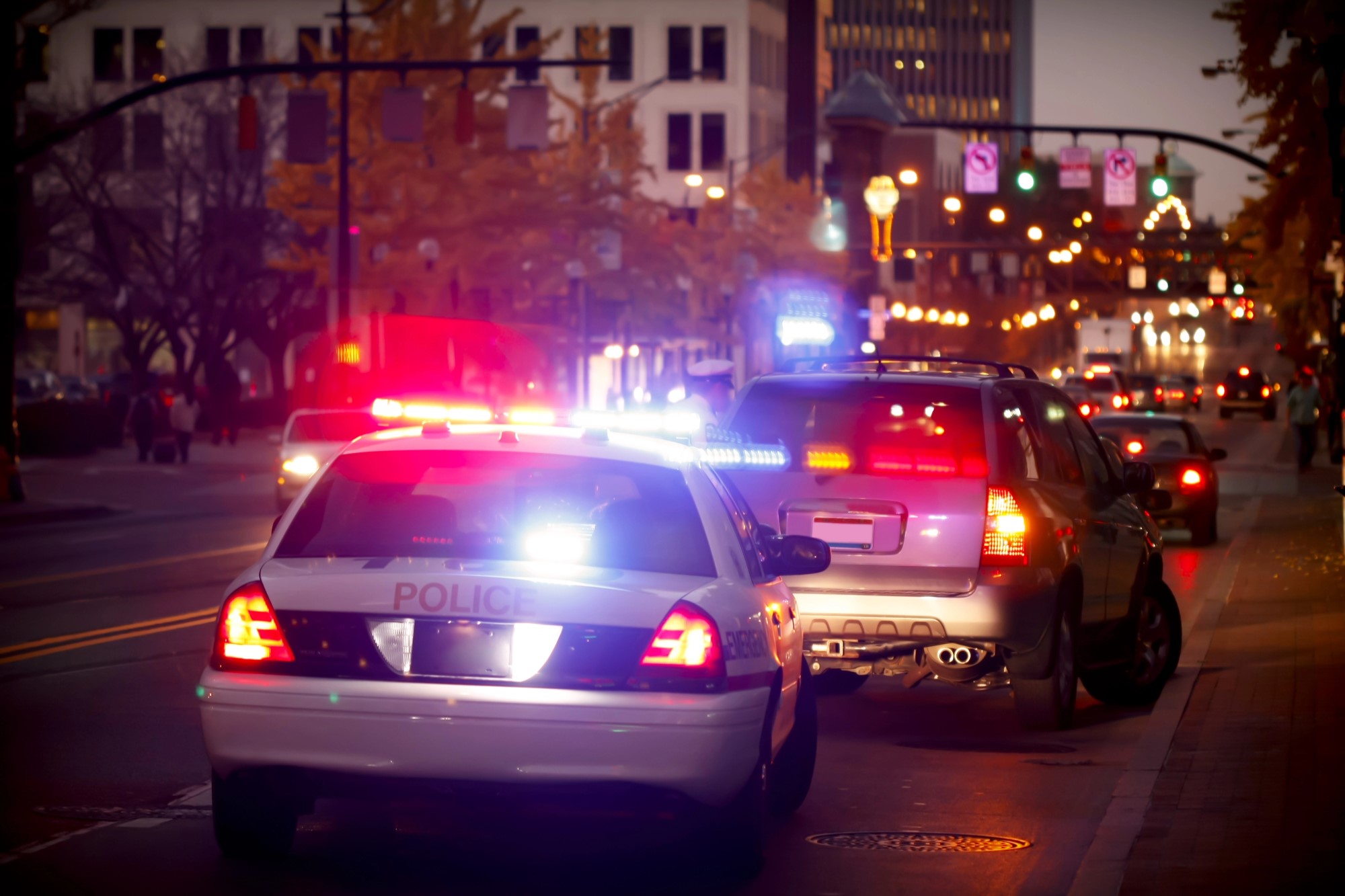Ethnic Identity in America: Remembering the Ni’ihau Incident
The Island of Ni’ihau is a recluse. Only the island’s inhabitants, along with a few fortunate individuals from outside Ni’ihau, are allowed to leave and return as they please. This 70-square-mile plot of land near the center of the Pacific Ocean is Hawaii’s westernmost island, and it lacks roads, Internet, and even indoor plumbing. Ni’ihau hosts approximately 130 permanent residents, all of whom live in isolation and without modern conveniences in an effort to preserve the native culture of Hawaii. The island was sold by King Kamehameha V in 1864 to the Scottish plantation-owner Elizabeth Sinclair, who promised to keep Hawaiians “as strong in Hawaii as they are now.” Despite the residents’ conversion to Christianity, a few modern technologies being introduced, and some of the younger islanders learning English, the local culture along with the native Hawaiian language have successfully persisted.
All this was jeopardized, however, in the days following the Japanese attack on Pearl Harbor in 1941.
Japanese pilot Shigenori Nishikaichi was flying his Zero fighter back to an aircraft carrier waiting 200 miles off the northern tip of Oahu, Hawaii. Nishikaichi had been escorting a fleet of bombers during the attack on Pearl Harbor, and planned to return safely to a Japanese air base when he and his fleet were attacked by a group of nine American planes. Nishikaichi’s aircraft received minimal damage during the scuffle, but it wasn’t until later that he realized his gas tank had been punctured by a stray bullet. He fell behind his fleet and was forced to crash land on the closest island, Ni’ihau.
Upon surviving the crash without any major injuries, Nishikaichi was treated with hospitality by the islanders. He was taken into a house, fed, and even treated to a luau. Given that Nishikaichi was only fluent in Japanese, a man of Japanese descent on the island, Yoshio Harada, was fetched to translate for him. In Japanese, Nishikaichi told Harada everything about his participation in the attack on Pearl Harbor, of which the other islanders did not know about yet. Upon learning this information, Harada did not tell the other islanders, a move that would have heavy implications later on.
News of the Pearl Harbor attack reached Ni’ihau that night, prompting Harada to come clean about what Nishikaichi had told him. Not knowing what to do with Nishikaichi, English-speaking islander Howard Kaleohano took away the pilot’s pistol and papers he had with him on the plane, and embarked on a 10-hour boat ride to the island of Waimea to alert the U.S. Army. Without anyone else’s knowing, Nishikaichi, who was now being held prisoner, convinced Harada over the span of a few days to get him a shotgun from somewhere else on the island, using the argument that Japan would certainly win the war as his means for doing so. Harada complied. After becoming armed, Nishikaichi and Harada recruited other islanders of Japanese descent, including Harada’s family, to join in a hunt for Nishikaichi’s papers. These papers, however, were being held by Kaleohano, of whom few people knew was off the island headed for Waimea.
Nishikaichi and his troupe took to the island’s only village, Puuwai, firing their weapons in the air and calling for Kaleohano to give up the papers. After this proved to be unsuccessful, they took four islanders hostage, telling the hostages if they could not produce Kaleohano with Nishikaichi’s papers, they and all the other islanders would be shot. Two of the captives, Kealoha “Ella” Kanahele and her husband Benehakaka “Ben” Kanahele, knew Kaleohano had departed Ni’ihau. Having this knowledge, the married couple made a show of looking for Kaleohano, and then charged Nishikaichi, slitting his throat with a knife. Ben sustained three bullet wounds in the scuffle, and Harada shot and killed himself immediately after Nishikaichi’s death. Today marks 76 years since these events transpired.
Contrary to initial assumptions, it is not the raw absurdity of this case nor the killing of Nishikaichi that opens an ethical dilemma. Rather, it is the ease with which Nishikaichi was able to recruit those of Japanese descent around the island to assist with his cause. The Ni’ihau Incident is consistently used as an example of ethnic identities overwhelming nationalism. In fact, President Franklin Delano Roosevelt used the incident as justification for the internment of over 100,000 Japanese Americans throughout World War II, as he feared Japanese Americans would side with their ethnic heritage and stage a revolt in the U.S.
So is it safe to assume that people are more likely to side with their ethnic identities over their national identities? Clearly, President Roosevelt’s relocation and imprisonment of hundreds of thousands of Japanese Americans is indefensible in an ethical argument, but is it morally permissible to take any kind action based on the assumption that ethnic identities could overwhelm national identities?
There are competing theories on the strength of ethnic identity over national identity. One study holds that ethnic identity is stronger than national identity in the U.S. amongst all groups except Euro-Americans, who have unusually strong national identity. This could be due to a number of factors, including an over-emphasized Euro-American history in North America, and systems of oppression in the U.S. that favor Euro-Americans. However, other research indicates that the strength of ethnic identity and national identity is largely circumstantial. For example, another study shows that sporting events cause national identities to overwhelm ethnic identities. Therefore, due to the importance of context, it may be impossible to accurately understand the general sentiment of Japanese Americans during this time, and further, whether it is safe to assume that ethnic identity is stronger than national identity.
However, given that one does assume ethnicity can dominate nationality as President Roosevelt allegedly did, is it morally acceptable to act on this assumption? Utilitarian ethical theory holds that an action is morally acceptable if it maximizes happiness and minimizes suffering amongst others. Where utilitarianism falls short, however, is in accommodating for minority groups. While the theory may act to maximize happiness amongst the majority of a population, it is always the same minority groups receiving an unequal brunt of suffering. Therefore, by assuming ethnic identity poses a threat to national well-being, only ethnic minorities, who preserve ethnic identity to perpetuate their culture, will be marginalized.
Furthermore, the mere assumption that ethnicity dominates nationality is ill-informed, given that it ignores context. This may have been President Roosevelt’s biggest flaw in instituting Japanese internment based upon a single, isolated occurrence. Roosevelt applied the wrongdoings of one group on Ni’ihau to the much larger populous, ignoring other factors that separate all Japanese Americans from those on Ni’ihau, and punishing innocent people for transgressions committed by others.
Events that occurred on Ni’ihau and their implications continue to hold clout in modern politics. The debate over how to treat ethnic identity in relation to national identity manifests itself in agreeing or disagreeing with President Donald Trump’s proposed ban on Muslims from entering the U.S. after what he claims to be “tremendous animosity” by Muslims against the country. Regardless, the Ni’ihau Incident maintains a special place in history. Ben Kanahele received a Purple Heart for the wounds he sustained, and a statue of Nishikaichi was erected in his hometown of Hashihama, Japan. The statue is engraved with words claiming he “died in battle,” going further to say, “His meritous deed will live forever.”





